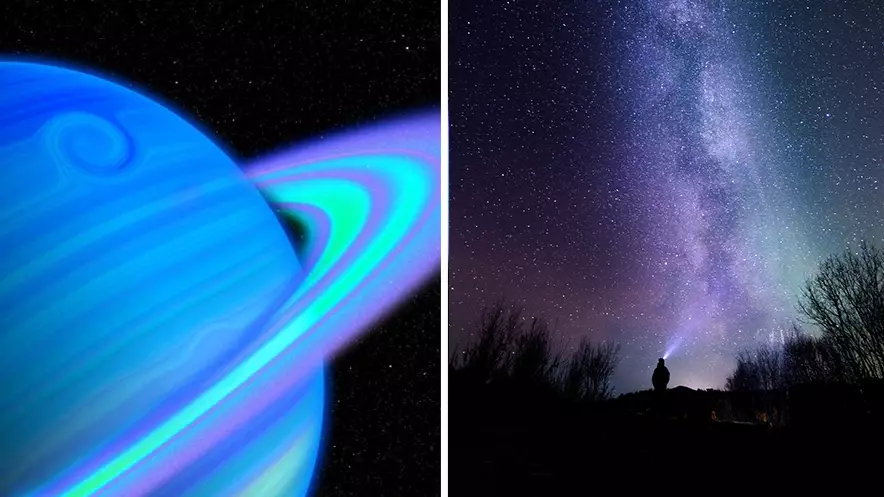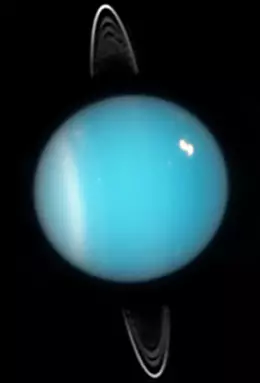
Calling all the star gazers and astronomers across the UK, we have some news that is truly out of this world. We might be stuck at home for the foreseeable future but Uranus will make a rare appearance in our sky tonight.
The rare space event means you might be able to spot Uranus, Mars and the Moon making a close approach.
The three planets are set to appear in a vertical line just above the southwest horizon post-sunset, which is due to be around 4.30pm this evening.

The 'meeting' will occur at around 4.43pm but as the sky gets darker, the planets will reach their highest point at 6.06pm and will continue to be visible until around 12.36am.
Advert
That's tonight's entertainment sorted, then!
If you're able to spot the moon, just above it you should be able to see the 'Red Planet'. After a few hours, another dot will be become visible - with that tiny freckle in the sky actually gas giant Uranus.
Uranus is the seventh planet from the sun at a distance of about 1.8 billion miles (2.9 billon kilometres) and it rotates at a nearly 90-degree angle from the plane of its orbit. This tilt makes Uranus appear to spin on its side.
NASA's official website describes Uranus as an 'ice giant' - because most of its mass is "a hot, dense fluid" of icy materials such as water, methane and ammonia - above a small rocky core.
Advert
Uranus is about four times wider than our home planet. NASA says if Earth were a large apple, Uranus would be the size of a basketball. A Uranian day lasts about 17 hours but it takes about 84 years to for the planet to complete an orbit of the sun - it takes Earth 365.25 days.

Dean Regas, the astronomer for the Cincinnati Observatory, told local12: "Uranus will be about 1.5 degrees down and to the left of Mars but will not be visible to the naked eye.
"You will need binoculars or a telescope to see it since it is almost 2 billion miles away."
Advert
We hope you have your binoculars ready!
Featured Image Credit: Pexels